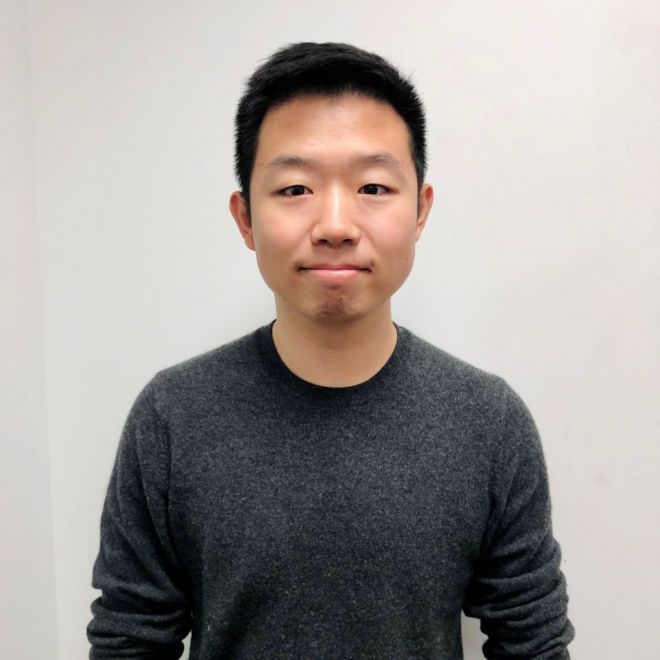Dissertation Defense

Quantum computers are likely to have a significant impact on cryptography. Many commonly used cryptosystems will be completely broken once large quantum computers are available. Since quantum computers can solve the factoring problem in polynomial time, the security of RSA would not hold against quantum computers. For symmetric-key cryptosystems, the primary quantum attack is key recovery via Grover search, which provides a quadratic speedup. One way to address this is to double the key length. However, recent results have shown that doubling the key length may not be sufficient in all cases. Therefore, it is crucial to understand the security of various symmetric-key constructions against quantum attackers.
In this thesis, we give the first proof of post-quantum security for certain symmetric primitives. We begin with a fundamental block cipher, the Even-Mansour cipher, and the tweakable Even-Mansour construction. Our research shows that both are secure in a realistic quantum attack model. For example, we prove that 2^{n/3} quantum queries are necessary to break the Even-Mansour cipher. We also consider the practical applications that our work implies. Using our framework, we derive post-quantum security proofs for three concrete symmetric-key schemes: Elephant (an Authenticated Encryption (AE) finalist of NIST’s lightweight cryptography standardization effort), Chaskey (an ISO-standardized Message Authentication Code), and Minalpher (an AE second-round candidate of the CAESAR competition).
In addition, we consider the two-sided permutation inversion problem in the quantum query model. In this problem, given an image y and quantum oracle access to a permutation P (and its inverse oracle), the goal is to find its pre-image x such that P(x)=y. We prove an optimal lower bound \Omega(\sqrt{2^n}) for this problem, against an adaptive quantum adversary. Moreover, we apply our lower bound above to show that a natural encryption scheme constructed from random permutations is secure against quantum attacks.

